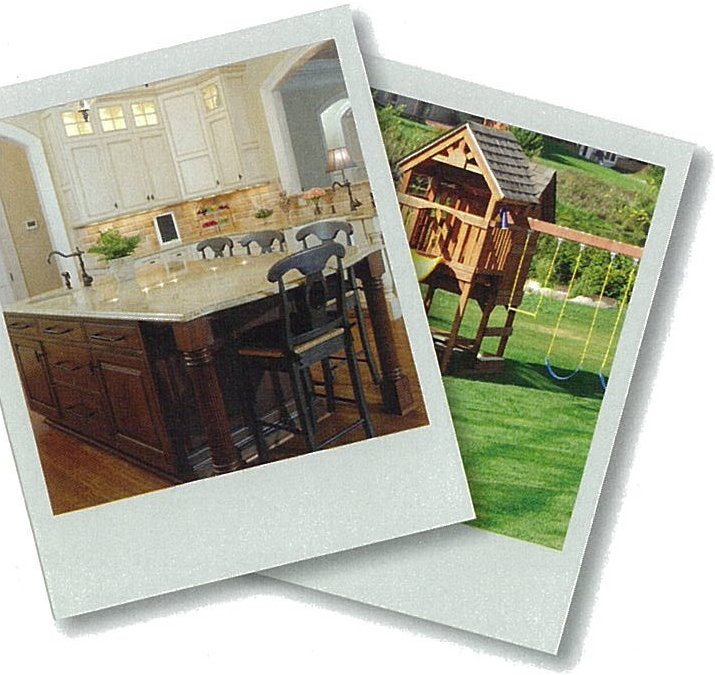
Many tools exist to turn a house into a safe, child-proof home. But beyond safety, other challenges exist when it comes to parents and siblings sharing space with a child on the autism spectrum. As an architect, and the mother of a son with autism, I’ve combined my experience to develop creative yet simple design ideas that help reduce conflict between children with ASD and their family members. If you are designing a brand new home, or considering a renovation, aside from implementing ADA strategies such as wider door openings, here’s a list of items to consider as you design building plans.
- Increase the floor area in tradition-ally tight spaces to allow family members to move throughout the house while allowing children with autism to avoid “forced touching” or feeling like personal space has been invaded. For example, increasing the floor area between the kitchen counter and island to 6 feet allows multiple people to work in the same space while maintaining comfortable boundaries.
- An electric stove is preferable to gas. Curiosity with fire can be an issue, and this helps eliminate that risk.
- Staircases should be a minimum of 4 feet wide, and if the house is large, include two staircases to reduce the possibility of paths crossing.
- Install wood flooring so you can hear children’s footsteps and understand their movements.
- Provide a separate bathroom for the spectrum child’s bedroom. This eliminates territorial wars that can happen between siblings.
- Install wood blocking behind the dry-wall for all towel and robe hooks. The typical toggle bolts do not hold up to the strength of ASD children as they mature.
- Consider using impact-resistant dry-wall as oppositional behaviors may develop before or during adolescence.
- Prevent off-gassing by the use of green materials throughout the house, including low-VOC paint.
Even if you don’t plan any major changes to your home, the following ideas can be implemented to improve safety and independence:
- Clearly define the outdoor play area for the ASD child. Use plantings, fences or sculptures.
- Eliminate door locks. Our ASD son liked to lock himself in the bathroom when he was having a meltdown. He was also known to stand outside his shower and pretend to bathe by wetting his hair. Without the lock, I was able to knock on the door, then enter and check on him.
- Place locks on certain cabinets to help control access to items that can cause danger. Secure cabinets can also be used to manage items if your child develops obsessions. My general strategy in raising our son Matthew has been “out of sight, out of mind:’ If I do not want my son to touch, steal, impulsively take or break something, then I must keep it out of his sight.
- Set up the ASD teen’s room like a college dormitory, providing relative independence from the rest of the house. This prepares them better for future independent living. As our son has grown older, his strength has increased but his judgment has not kept pace. This created safety issues for him as well as our younger children. While many issues still exist, reducing one point of constant conflict has helped: the overlapping paths of our kids and the ways that sharing space triggered issues for our son with autism. Like proactive behavioral planning, my goal has been to reduce the potential for this type of conflict. I hope you can use these tips to bring more peace into your home too!
Cathy Purple Cherry, AlA, LEED AP, Principal of Purple Cherry Architects is connected to children with developmental disabilities through family experiences. “Purposeful Architecture” reflects her commitment for designing environments for people with special needs.


